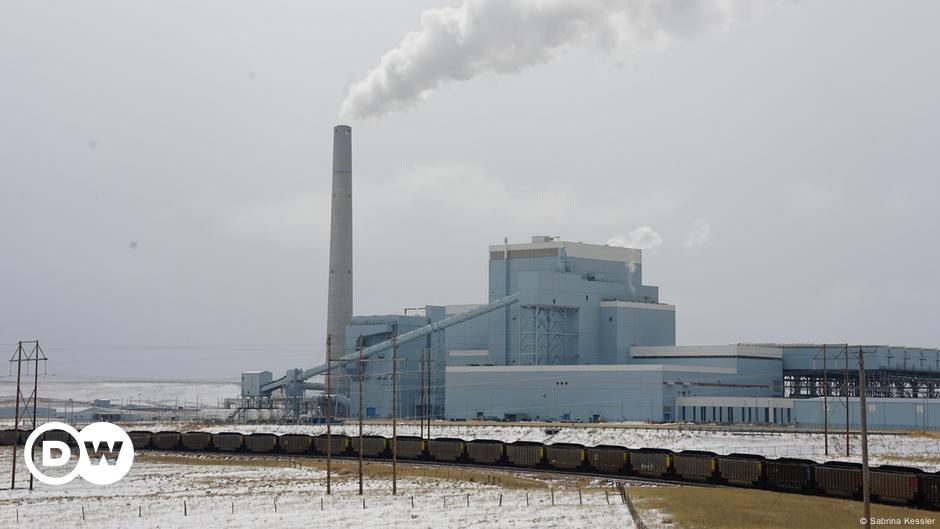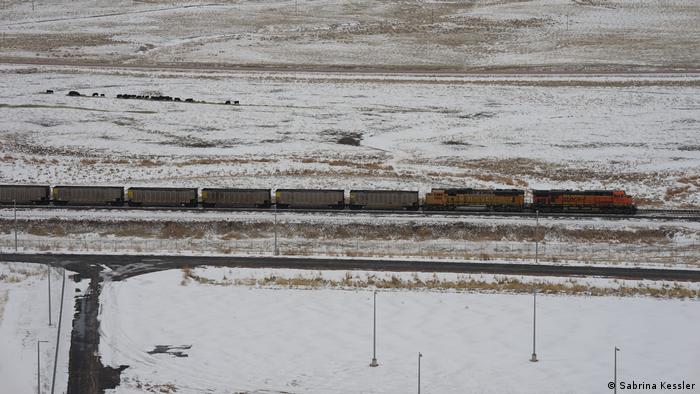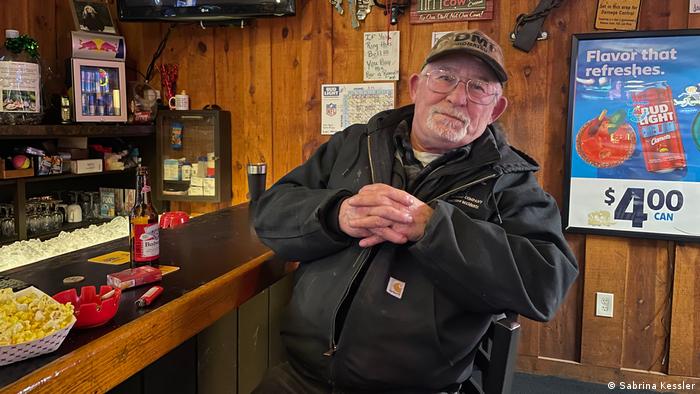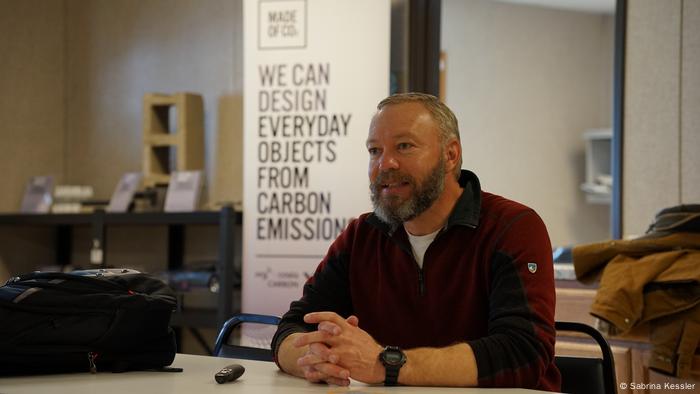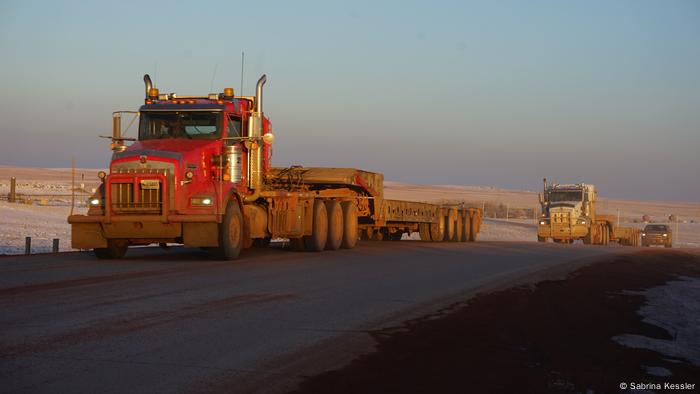Anyone who drives to the small town of Gilette wants to leave quickly. Wyoming’s third largest city has all the charm of a gas station. Especially on this cold winter morning in early March, when we are there and the thermometer shows -15 degrees. The pickup trucks creep at walking speed over the frozen streets, which leave pedestrians missing. Lonely fast-food chains waiting for hungry visitors to the right and left.
The frosty mood is not only due to winter. Here, in the middle of nowhere, just under a two-hour drive from the next town, things are going downhill economically. To this day, Gilette is considered the coal center of the USA. 90 percent of the jobs here depend on the brown business.
About two-thirds of all US states have been supplied with coal from Wyoming in recent decades. This has helped the city to an incomparable boom – not without its downsides. Crime, trailer parks, alcoholism, and social problems have plagued residents throughout the years of ascent. The psychologist Eldean Kohrs then coined the term “Gilette Syndrome” to describe the fatal effects on cities that grow faster than average due to the exploitation of natural resources such as coal.
Electricity generation with coal is partly responsible for the fact that the USA has the second highest CO₂ emissions after China
concern for future prosperity
To this day, Gilette proudly calls itself the “Energy Capital of the United States“. Almost 40 percent of the coal consumed in the US is blasted out of the ground here. However, climate change and the US government’s increasing efforts to make the domestic electricity mix “cleaner” are eroding the city’s prosperity. According to the energy agency EIA, coal production in the USA fell to its lowest level since 1965 in 2020.
“Our industry has taken a huge hit in the past few years,” said Phil Christopherson, executive director of Energy Capital Economic Development, a non-profit corporation dedicated to the city’s economic future. Eleven of the once 24 mines around Gilette are now closed.
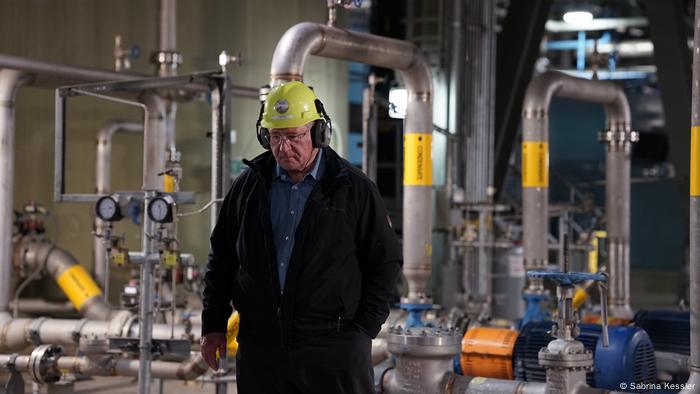
Phil Christopherson has served as CEO for Campbell County Economic Development Corporation since 2014
15 years ago, 480 million tons of coal were exported from the city every year; It would have taken 100 trains a day. “Today it’s just half that,” Christopherson laments.
Coal supplies for centuries should remain in the ground
There is a reason why the Mecca of American coal mining is located here: Gilette is embedded in the Powder River Basin, a 200-kilometer-long basin that stores more coal than almost any other region in the world. According to the United States Geological Survey, an agency of the US Department of the Interior, 162 billion tons of recoverable coal are buried here. The reserves, it is said, lasted at least another 500 years.
Coal mining is now getting headwind not only from environmentalists, natural gas and renewable energies, but also from the White House. The current administration’s economic plan calls for $1.7 trillion to reduce the country’s dependence on fossil fuels and reduce greenhouse gas emissions. By 2035, 100 percent of America’s electricity is to come from renewable sources. “We owe that to our children and grandchildren,” said the 78-year-old in his State of the Union address in February.
25 coal areas – from West Virginia to Wyoming – are therefore to be turned into centers for clean energy. Cities like Gilette, which have lost economic activity in recent years due to the move away from fossil fuels, should benefit in this way. Last week, the Biden administration promised financial aid of 450 million dollars for sustainable concepts. “These projects could focus on a range of technologies, from local power grids to advanced nuclear power to carbon capture energy plans,” Energy Secretary Jennifer Granholm said in early April.
Skepticism about a green future
The start of the US government is reaching its limits in Gilette. “Most people here are pretty short-sighted,” says Tim Hussey, putting down his cigarette and carefully sipping his overflowing beer. Like every evening, the pensioner sits with other coal workers in a smoky bar on the outskirts of Gilette. The flags and stickers covering the walls quickly make it clear: Trump is being elected here.
“This city tends to be very radical,” says the 67-year-old, “and I understand that.” After all, if you have a wife and children, you have to see how you can bring in the money. He doesn’t really believe in man-made climate change either, but he can understand the government’s initiative. “There are just things that help our environment. But fossil fuels will never go away,” he says.
Like so many in town, Hussey doesn’t think much of demonizing coal. Because it is precisely here in Gilette that the raw material is cleaner than anywhere else in the world. Unlike German brown coal, for example, which consists largely of carbon and is therefore the most climate-damaging of all energy sources, coal here is considered to be particularly low in CO2 thanks to the special soil. Sulfur is also virtually non-existent in the rock.
Finding solutions for the charcoal
“We need to stop looking at coal the way we’ve seen it for the last 350 years,” says Jim Ford, operations director of the Wyoming Integrated Test Center, an initiative dedicated to the resource’s sustainable future. Together with his colleagues, he is trying to develop solutions for a more sustainable application not far from the Dry Fork Station, the only and cleanest coal-fired power plant in the region. Thanks to a special access, the researchers there are able to tap off harmful emissions before the combustion process and thus ensure that they do not get into the environment. Scientists call this method carbon capture.
The collected carbon dioxide, according to the idea, could be stored deep in Wyoming’s soil in the long term. Local oil companies are already using the process to generate higher pressure underground and thus pump oil more efficiently. “Of course it’s easier to complain about coal and do nothing. But we can find a solution for CO2, just like we have found solutions for mercury, for nitrogen oxides and for sulfur oxides in the past,” says Ford.
Completely new products made from coal that do not require combustion that is harmful to the environment are also being developed in Gilette. Concrete, asphalt and mortar, for example. 4000 bricks, from which whole houses could be built, have already been produced. Even processes such as coal gasification, in which coal is converted into hydrogen to produce a synthesis gas that is already used in the manufacture of chemicals, liquid and motor fuels, electricity generation and gaseous fuels, are to be refined in the long term.
Whether all of these methods will be enough to improve the image of coal and convince companies and states of a sustainable future cannot yet be foreseen. “There is a possibility that we will fail and it will all have been in vain,” says Christopherson, who firmly believes in the project. Columbus would never have crossed the ocean and the Americans would never have gone to the moon if the human spirit were not capable and strong. “We just have to try. If we don’t do it, nobody will.”
